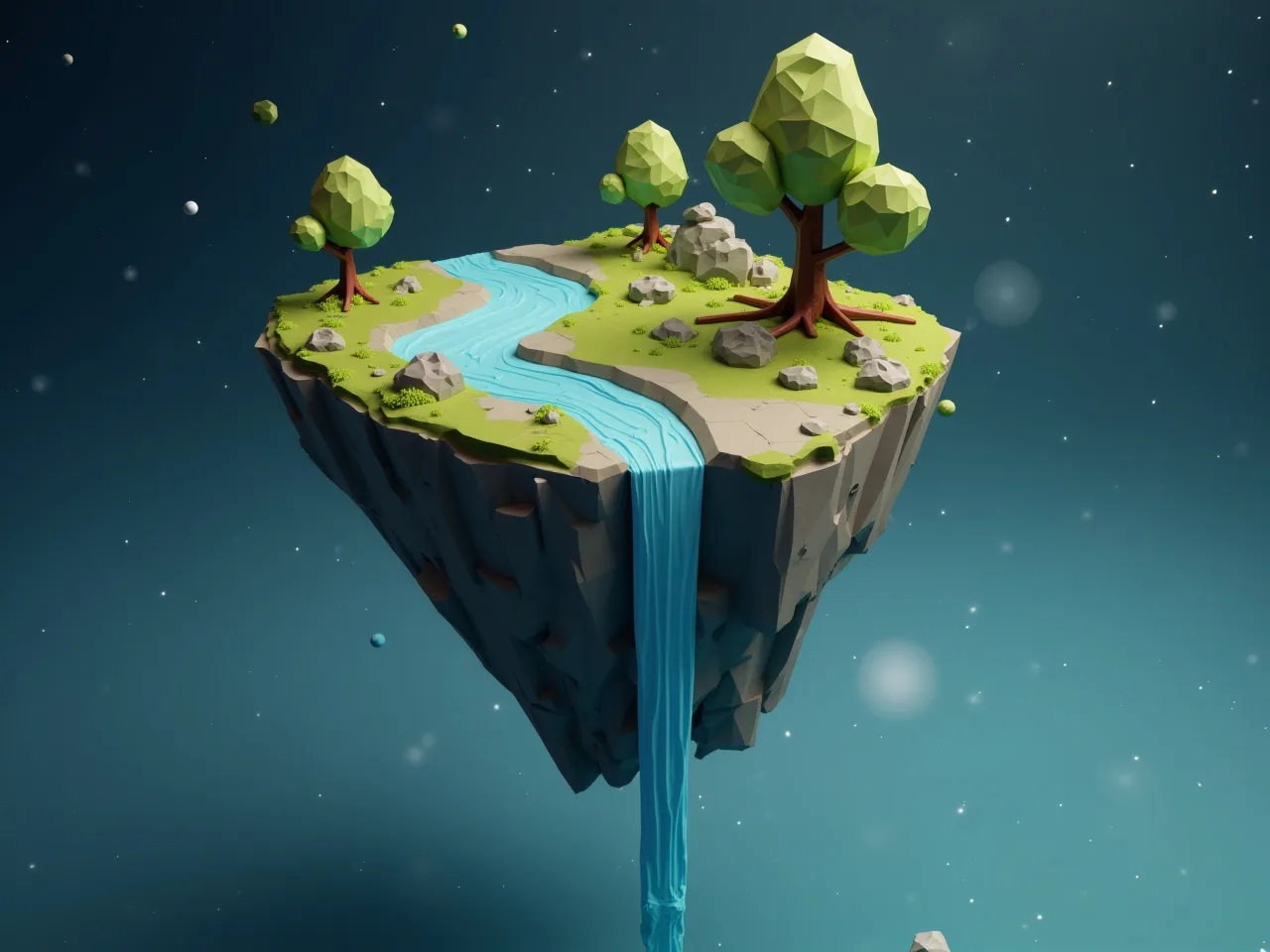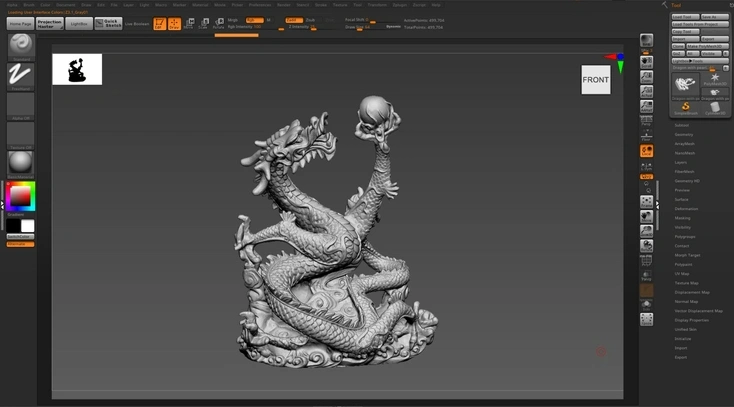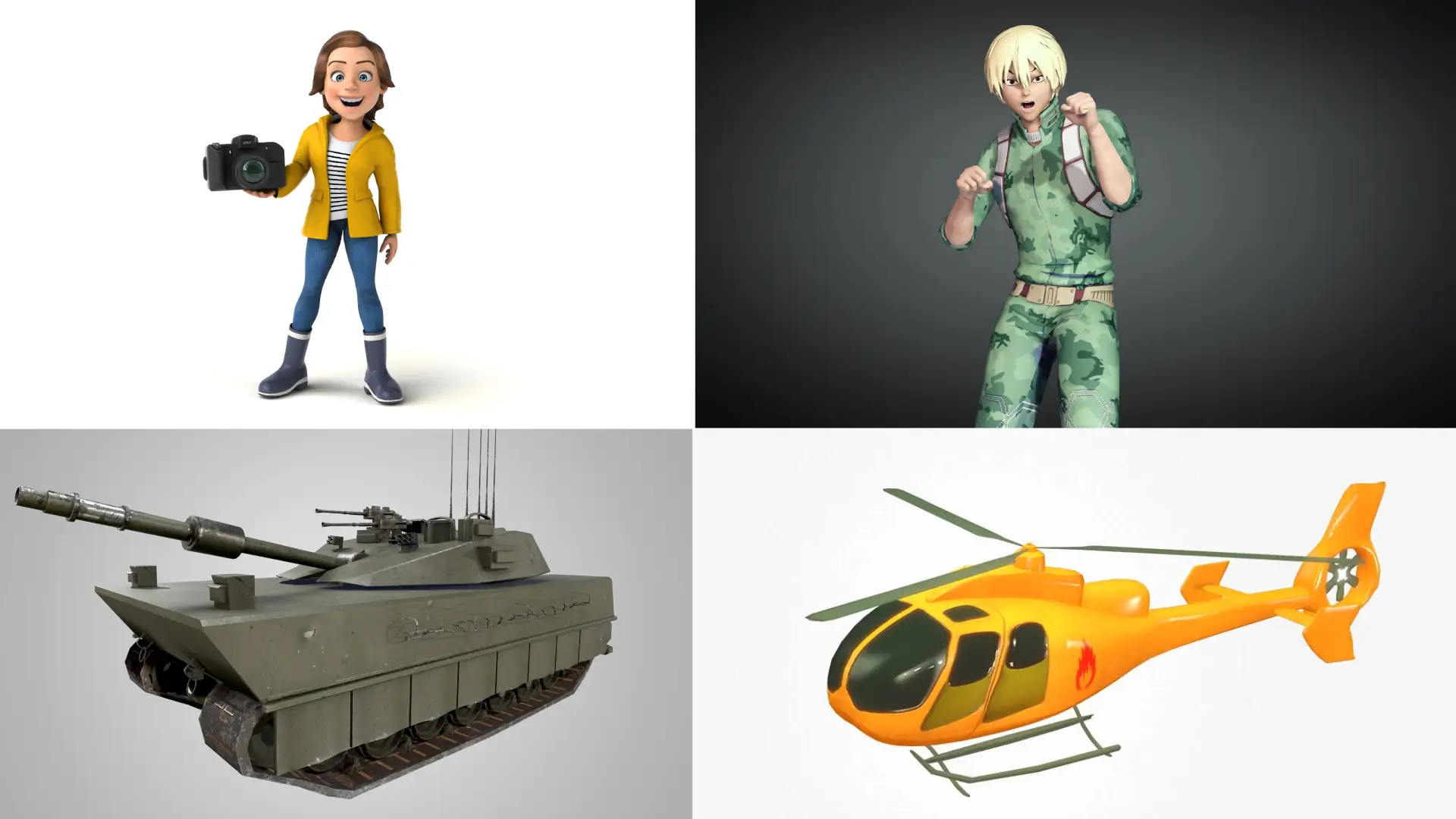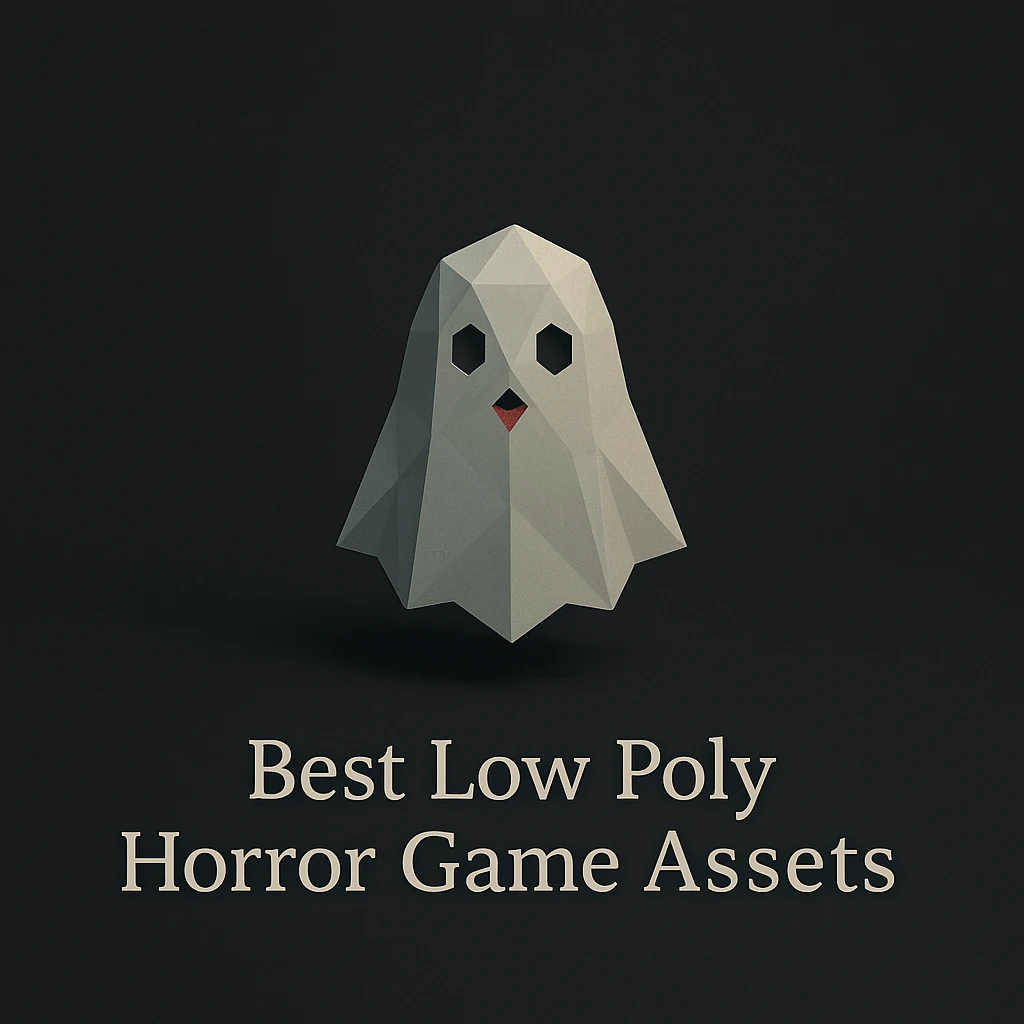Physically Based Rendering (PBR) is a methodology in 3D modeling that enhances realism by simulating how light interacts with surfaces. PBR 3D models utilizes this approach, ensuring that the model’s materials and textures adhere to physically accurate shading and lighting. This technique is pivotal for artists and developers aiming to achieve photorealism in various applications such as video games, animations, and virtual reality.
Fundamentals of PBR Texturing and Materials
Understanding PBR Materials
PBR materials are designed to mimic real-world surfaces by reflecting light in realistic ways. These materials are characterized by their base color, metallic properties, roughness, and normal maps, each playing a crucial role in the overall appearance. For beginners, grasping the balance between these elements is key to mastering PBR texturing techniques.
Workflow of PBR Texturing
The PBR texturing workflow involves several stages, starting from high-resolution texture baking to adjusting reflectivity and roughness maps. This process ensures that textures not only look realistic but also behave naturally under different lighting conditions. Shader compatibility is essential here, as it allows textures to integrate seamlessly with various rendering engines.
Integrating PBR Models into Game Engines
PBR 3D models are widely used in game development due to their enhanced visual quality and realism. Integrating these models into game engines requires understanding how PBR shading models work within each engine. Most modern engines support PBR by default, which simplifies the process of importing and fine-tuning PBR assets to achieve the desired visual outcome.
Game Engine Compatibility
Ensuring compatibility is crucial for a smooth transition of PBR models from the creation suite to the game engine. This involves setting up proper lighting and making sure the material definitions match those of the engine’s PBR specifications. Real-time rendering engines like Unreal Engine and Unity are particularly adept at handling PBR models, providing tools that align closely with PBR workflows.
PBR Effects on Lighting and Environment
Impact of PBR on Lighting
One of the most significant advantages of using PBR models is their realistic interaction with lighting. PBR lighting effects are designed to imitate natural light dynamics, which means lights in the environment will affect materials of a PBR 3D model just as they would in the real world. This includes subtle nuances like how different materials absorb or reflect light based on their physical properties.
Environmental Reflections and Textures
Environmental reflections play a vital role in PBR models. Reflectivity and roughness maps determine how surfaces respond to light, creating diverse effects from shiny metallics to dull, rough textures. The correct use of these maps not only enhances realism but also contributes to the depth and immersion of a scene.
Choosing the Right Platform for PBR Models
For those looking to purchase or sell PBR 3D models, platforms like Animatics Asset Store offer a vast selection of high-quality assets. This store provides models that are compatible with multiple rendering engines and come with all necessary maps for PBR, making it an ideal resource for both beginners and seasoned professionals.
Conclusion
Understanding and utilizing PBR 3D models can significantly enhance the quality of digital projects by providing more realism and depth. Beginners should focus on mastering the basic principles of PBR materials and texturing workflows. They should ensure compatibility with game engines and leverage platforms like Animatics Asset Store to find high-quality PBR assets. With these foundational skills, anyone can start incorporating physically based rendering techniques into their 3D modeling projects, elevating them to the next level of realism and engagement.






